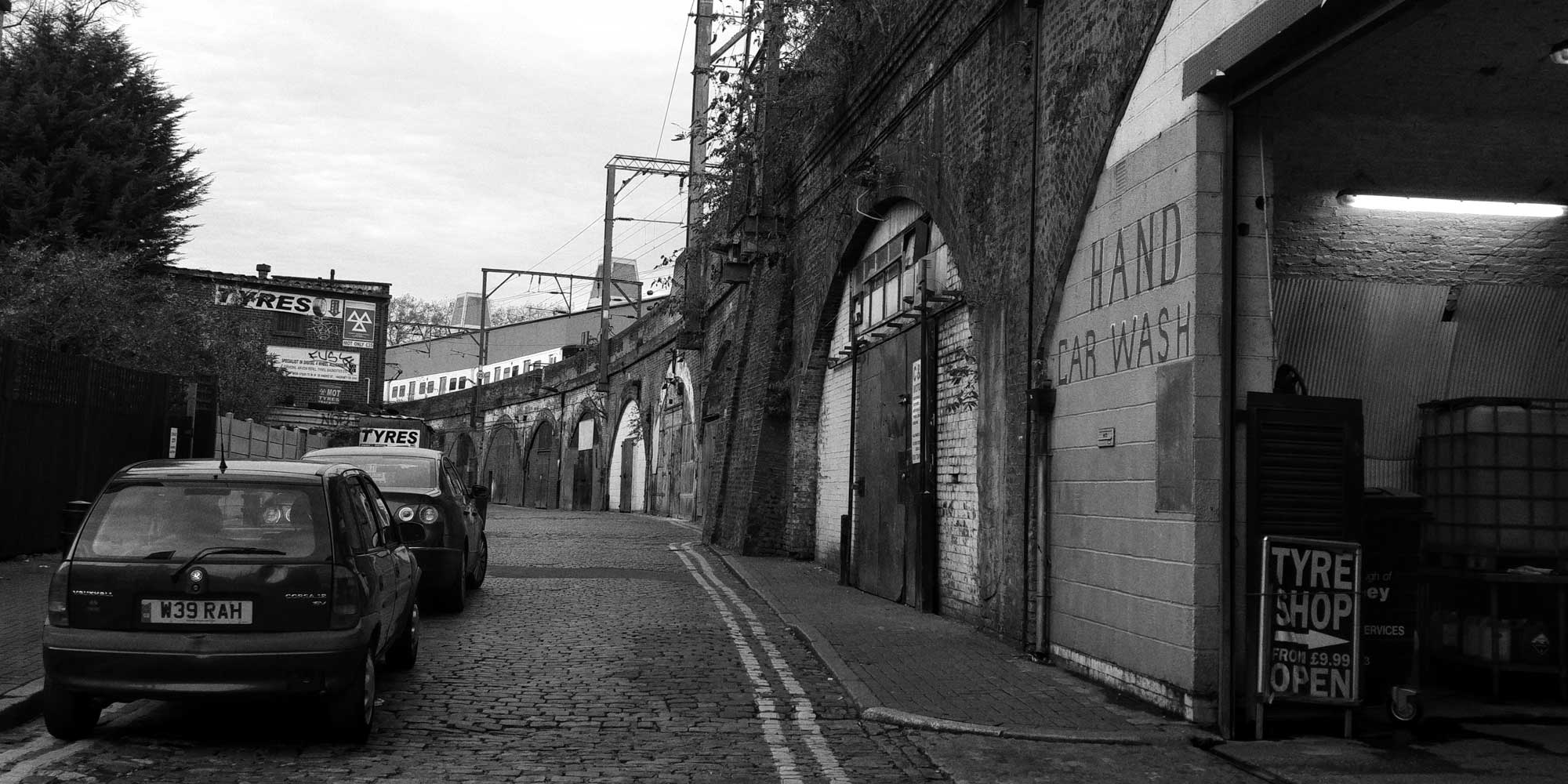Tuesday to Thursday, 9 to 11 October, 2018
We’ve been to Venice before many years ago. At that time we weren’t very experienced travellers. I remember arriving and immediately seeing the Grand Canal and taking the vaporetto (a motorised ferry barge-like vehicle, one of the only ways to get around Venice) to our hotel. That hotel wasn’t so easy to find and the room was very old fashioned but it had a canal right under the window and, by peering out carefully, we could see the Rialto Fish Market. Venice was packed with tourists when we were there then. I’m fond of telling people that I felt I was in Epcot (not that I’ve ever been) instead of the real Venice.
So when we decided to go back – Krish really regretted not buying a mask the first time so – we thought we’d go in October when it was quieter.
Our train took three and a half hours to get to Venice.


The station had had an overhaul but it was obvious right away that there were tons of people in town. As we left the station, thankful we didn’t have to take the vaporetto this time, we walked straight into the crowd. The place was teeming and we were already wondering if we should have come at all.



We got off the crowded main street from the station towards the Rialto Bridge and St Mark’s Square as soon as we could. Immediately, you can feel the change. The streets are rough, the houses are simple, the bridges aren’t so grand and the canals are much narrower. This was more like it.
We were staying over in the Jewish ghetto and we knew from last time it would be quieter. Our directions weren’t very clear but Krish is a great navigator so pretty soon we found the place.



Our Airbnb was called Romantic Cannaregio. So was it? No way but there we were! (My review is included at the end, if you’d like to read it. Rewriting it here might actually depress me.

We ended up not being great fans of Venice. I think it’s somewhere everyone should see. It’s quite remarkable in many ways. However, it’s overrun by tourists, it’s very expensive and it just doesn’t seem like a real place, as noted. We were very lucky to be staying close to where real people lived and having the energy to walk around and explore. It’s a pedestrian and waterway city, with all of its inhabitants getting around in their various motorboats, as comfortable on the water as they are on land. Be prepared to walk your feet off even if you can afford the daily fare pass of 20 Euros a day!

Despite many misgivings, I took over 400 photos of the place. It’s definitely picturesque and I knew that from the last time. I’m going to divide my thoughts into various chapters and share some photos that show Venice as I saw it.
So here are my chapters:
Venice – the streets and the people
Venice – canals and bridges
Venice – doors and windows
Venice – Food and shopping
Venice – the Ghetto
My review for Romantic Cannaregio:
I was disappointed with my stay here. First off, we got no real directions or instructions. Based on the descriptions, I was led to believe that someone would meet me or be in touch once we arrived. Instead we had to navigate our way to the flat (which isn’t easy to find when you aren’t used to the Venice geography) and there were no real instructions on how to use anything. In retrospect the photos do show the place as it is. However, I think some very good lighting was used to show it looking brighter and more relaxed than it was. In fact, it was dark and airless, with a hard white tiled floor that makes it look clinical. There’s a large piece of a wall missing in the living room, the couch is extremely hard and slippery so impossible to relax on. The fridge dripped water constantly onto anything we put in there. The bathroom light wasn’t working and was so small, it was difficult to turn around. We had to really explore to find any soap etc. As well, whenever we showered, the bathroom floor got a small flood. I had hoped there really would be romance since we went to Venice for a special anniversary but it’s tough to do when you can’t even sit together in your own space without sliding off the couch. This is one of the only places I’ve stayed in that had no tourist information, such as a map, or an idea on where to shop or eat locally, etc. Finally, a real killer of romance – printed pages stuck on the walls with a little bit of info/The Rules. I felt like I was staying in a hostel or prison. The only saving grace was a comfortable bed and the location – within the ghetto area, which is interesting, charming and somewhat away from the constant sound of luggage being pulled around, and the staggering throng of tourists in the centre of the city.












































